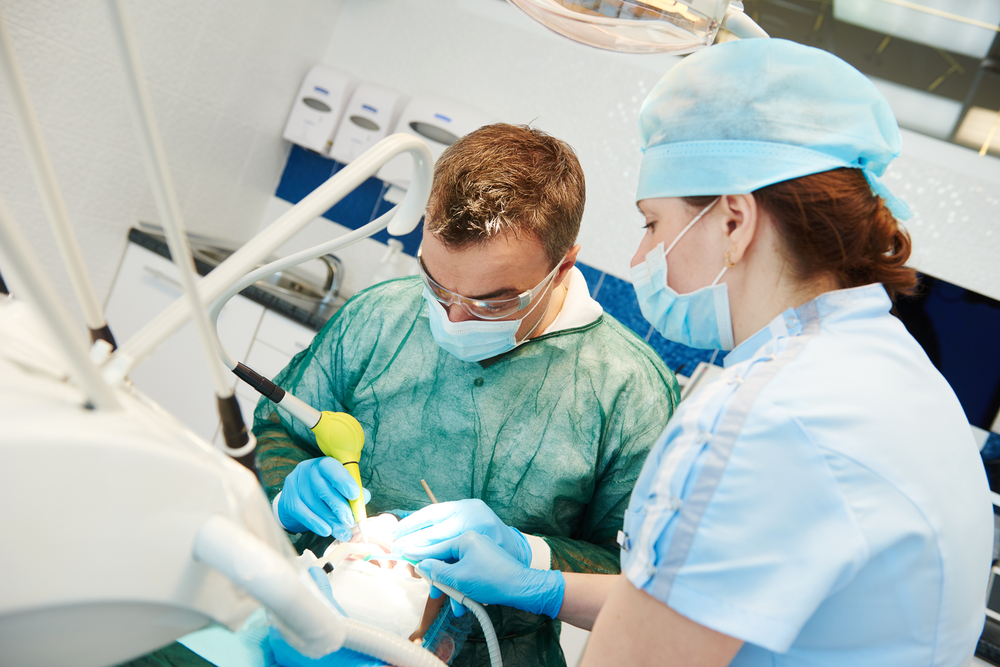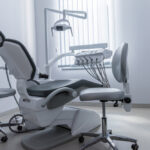Dental emergencies can strike at any time — during a meal, after a fall, or even in the middle of the night. Unlike routine dental issues, emergencies require immediate attention and quick decision-making. Whether it’s a sudden toothache, a knocked-out tooth, or a severe infection, understanding how to respond can save your smile — and sometimes even your life.
This article explores the essentials of emergency dentistry, the most common types of dental emergencies, how to respond, and how technological breakthroughs are transforming urgent dental care.
What Is Emergency Dentistry?
Emergency dentistry is a specialized branch of dental care focused on treating urgent and often unexpected oral health issues that require immediate attention. This can include severe toothaches, broken or knocked-out teeth, infections, and trauma to the mouth or jaw. The goal of emergency dentistry is to relieve pain, prevent further damage, and preserve the patient’s oral health. Unlike routine dental visits, emergency appointments are designed to diagnose and address critical problems on the spot, often outside of regular business hours. Prompt treatment not only helps restore comfort but can also make the difference between saving or losing a tooth.
Dental emergencies aren’t just inconvenient—they can be dangerous. For example, an untreated tooth abscess can spread to other parts of the body, potentially leading to serious health complications. That’s why it’s important for patients to recognize the signs and know when to seek urgent care.
Common Dental Emergencies
Here are some of the most frequent dental emergencies seen in clinics:
1. Toothaches
A sudden or severe toothache can be a sign of decay, infection, or an abscess. Persistent pain should never be ignored, especially if it comes with swelling or fever.
2. Chipped or Broken Teeth
Injuries or biting down on hard food can crack or break teeth. Depending on the severity, this can lead to sensitivity, pain, and a risk of infection.
3. Knocked-Out Teeth
A knocked-out tooth needs immediate attention. If treated quickly — ideally within an hour — there’s a chance it can be re-implanted successfully.
4. Lost Fillings or Crowns
Losing a filling or crown can expose sensitive parts of the tooth, leading to pain and further damage if not addressed promptly.
5. Dental Abscess
An abscess is a serious infection usually located at the root of a tooth or in the gum. Symptoms include pain, swelling, pus, and sometimes fever. This is a medical emergency and requires immediate treatment.
6. Soft Tissue Injuries
Cuts or wounds in the lips, cheeks, or tongue from accidents or sports can cause significant bleeding and pain and may require stitches.
What to Do in a Dental Emergency
If you or someone else experiences a dental emergency, here’s a quick guide:
– Stay calm. Anxiety can make the situation worse.
– Manage bleeding. Use clean gauze or cloth to stop bleeding.
– Reduce swelling. Apply a cold compress to the outside of the mouth or cheek.
– Preserve knocked-out teeth. Rinse it gently and place it back in the socket if possible, or keep it in milk or saliva.
– Contact your dentist immediately. Many dental practices have emergency contact numbers or after-hours services.
Acting quickly and appropriately can make a huge difference in the outcome of a dental emergency.
How Technological Breakthroughs Are Improving Emergency Dentistry
Over the past decade, technological breakthroughs have significantly improved how emergency dental care is delivered. Here are some innovations that are transforming patient outcomes:
1. Digital Radiography
Traditional X-rays can take time, but digital radiographs offer immediate, high-quality images that help dentists diagnose issues faster and with greater accuracy — crucial during emergencies.
2. Teledentistry
In some situations, teledentistry allows patients to connect with a dentist remotely for preliminary assessments. This can be especially helpful for triaging after-hours dental concerns.
3. CAD/CAM Technology
Computer-aided design and manufacturing (CAD/CAM) allows dentists to create same-day crowns and restorations. In emergencies where a tooth is damaged or a crown is lost, a permanent solution can often be provided in a single visit.
4. 3D Printing
3D printing is beginning to play a role in creating dental models, surgical guides, and even emergency dental appliances on-site, reducing wait times and improving fit.
5. Laser Dentistry
Laser tools can be used to treat soft tissue injuries, reduce pain, and speed up healing — especially valuable in trauma-related dental emergencies.
6. AI-Powered Diagnostics
Some advanced practices are beginning to use artificial intelligence to analyze X-rays and patient symptoms to aid faster diagnosis, ensuring nothing critical is missed in a stressful emergency.
These technological breakthroughs are helping dentists provide faster, more accurate, and more comfortable care during urgent situations.
Prevention Is Still the Best Cure
While not all dental emergencies can be avoided, many can be prevented with proper oral hygiene and regular checkups. Protective gear like mouthguards during sports, avoiding chewing on hard objects, and addressing dental issues early are all smart strategies.
It’s also wise to create an emergency dental plan. Know your dentist’s emergency protocol, keep their contact information handy, and understand your insurance coverage for urgent care.
No one wants to face a dental emergency, but being prepared can make all the difference. Understanding what constitutes an emergency, knowing how to respond, and being aware of the incredible strides in emergency dentistry due to technological breakthroughs can help you feel more confident and in control.
Your teeth are important—not just for your smile, but for your overall health. In a dental emergency, quick thinking, professional care, and modern technology can work together to protect both.





